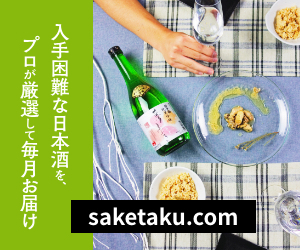- Home
- Report of Delicious Sake Serving Restaurants, fukuoka, Solo-Drinking
- Soba and “Harushika” at “Nakasu Niijima”
Soba and “Harushika” at “Nakasu Niijima”
- 2019/7/31
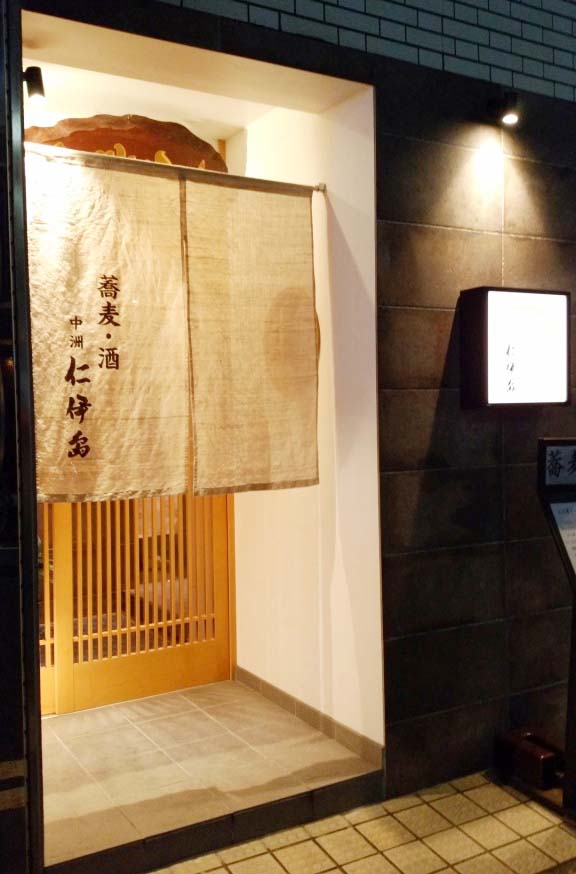
This is a report by a special correspondent “N” from Fukuoka.
Today I’d like to report a soba noodle restaurant in Nakasu.
Contents
Teuchi-soba in Nakasu
Indeed, my boss at my work place who moved in from Tokyo once, asked me, “PLEASE! Tell me where I can eat good soba noodles!!” when he started to live in Fukuoka. I couldn’t think of any restaurants to tell him.
If I had known this restaurant at that time, I would be able to save him…!!

The name of the soba restaurant is “Nakasu Niijima“.
http://niijima1909.com/
(Please note: Another restaurant, “Niijima Sohonten” in Nakasu area is a completely different restaurant. Be careful when you search for a restaurant “Niijima” as they have similar names!)
It moved into a new place in the end of last year, and the building got renewed.
There is a menu list outside in front of the entrance, so you can see how much it will take before entering.
It has the history of 109 years since its establishment in 1909.
The present is the fourth head.
Okami (female master) in Kimono takes charge of reception, and the head works in the kitchen.
It was the second restaurant for us on that night, so we thought that we were already full.
However, we immediately felt like soba, and also some sake.
Limited brewed “Harushika Junmai”, dry taste
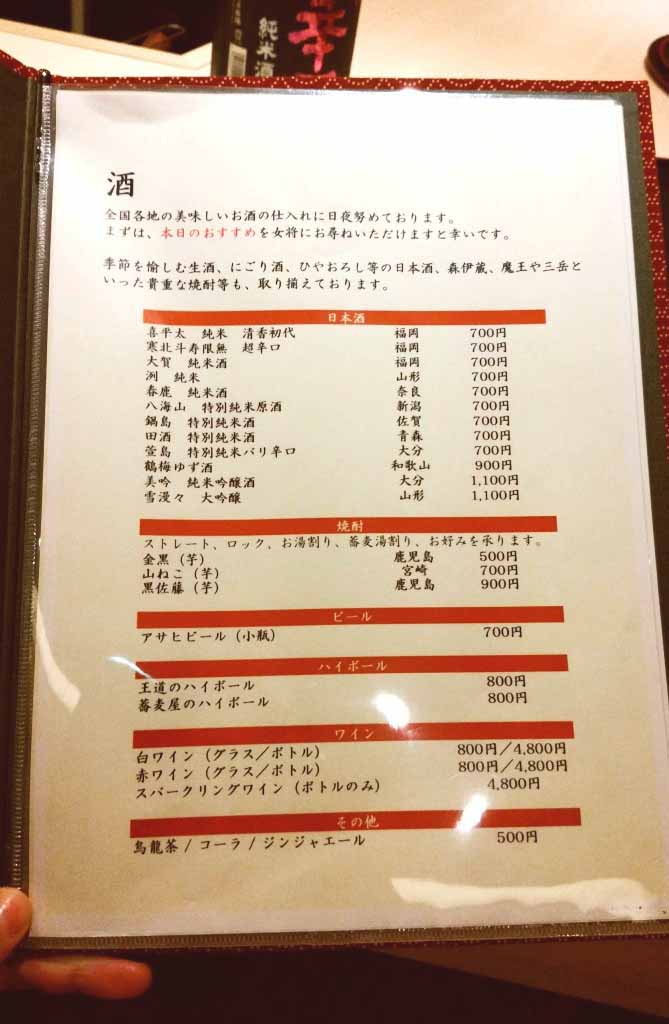
At this restaurant, Okami recommends a good sake for you according to your request when you have a difficulty in choosing one.
If you want an orthodox one, or an unusual one, and if you like a cold serve, or warm…… she chooses a suitable one accordingly.
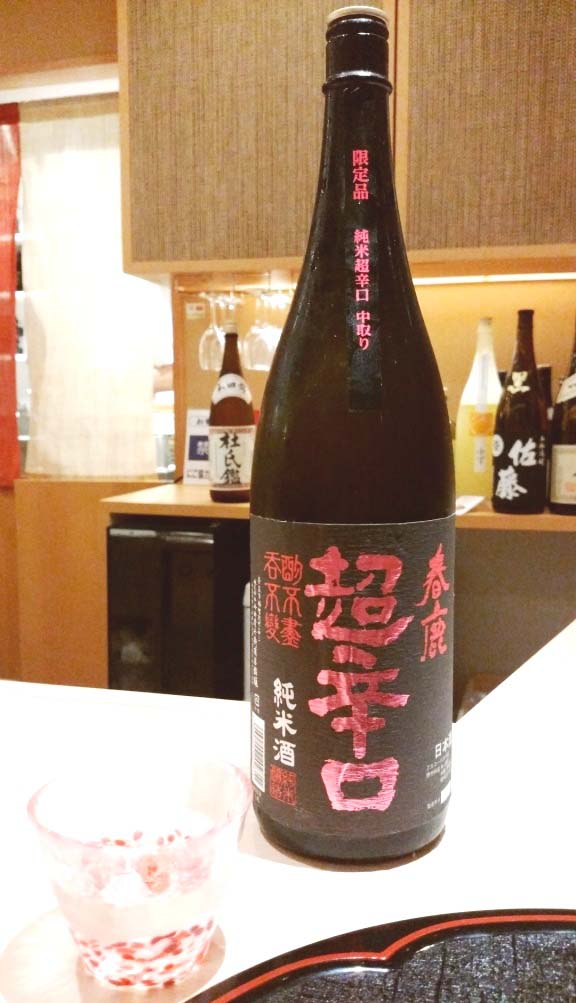
I chose a cold “Harushika Junmai Cho-Karakuchi, Nakadori Genteishu” (brewed by Imanishi Seibei Shoten, Nara).
Okami said, “This is the limited product, and a very nice one.”
“Cho-Karakuchi” (very dry) is the most popular label in “Harushika” brand.
“Nakadori” means the liquid of the middle part in extraction of the sake.
It doesn’t contain the first liquid which has rough flavor, and the last part which gets the most pressure to the ingredient and has off-flavor.
It’s a different method from the normal production, so the amount is “limited”.
Many “Dry” sake made in Kyushu Island are still sweet even if they say “dry”, but “Harushika Junmai Cho-Karakuchi Nakadori Genteishu” is very dry.
It has clear taste but also rich sake flavor.
You can enjoy fresh and deep taste.
The clear after taste of the dry sake refreshed my mouth after each sip.
I could drink it forever.
The brewery, Imanishi Seibei Shoten, is originally a shrine priest of Kasuga Taisha Shrine in Nara who made sacred sake from the 8th Century.
The taste of their sake is guaranteed, and they have many fans in all over Japan including “Nakasu Niijima”.
Soba and Nihonshu
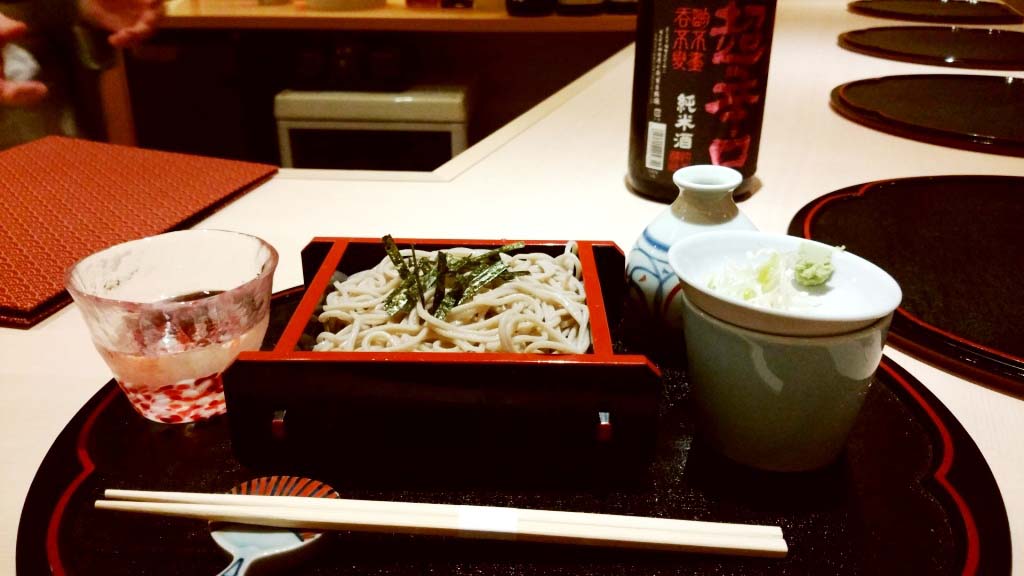
The photo is a simple “Zaru Soba” (soba noodles served cold and placed on “zaru” (bamboo sieve)) which Soba the master makes every day.
How is the combination with “Harushika”?
Nihonshu: very dry, clear taste, and rich flavor
Soba: the thick noodles are folded by the sweet soup well
My mouth got filled with sweetness after soba, and then it was refreshed leaving their good flavors a little when I had a sip of the dry sake.
Therefore, I could enjoy the soba and sake without getting tired.
The soba was a good snack for the sake, and at the same time, Sake was a good helper to feel the flavor of soba more clearly.
The combination was great.
“Hinata Zake” which Okami told me
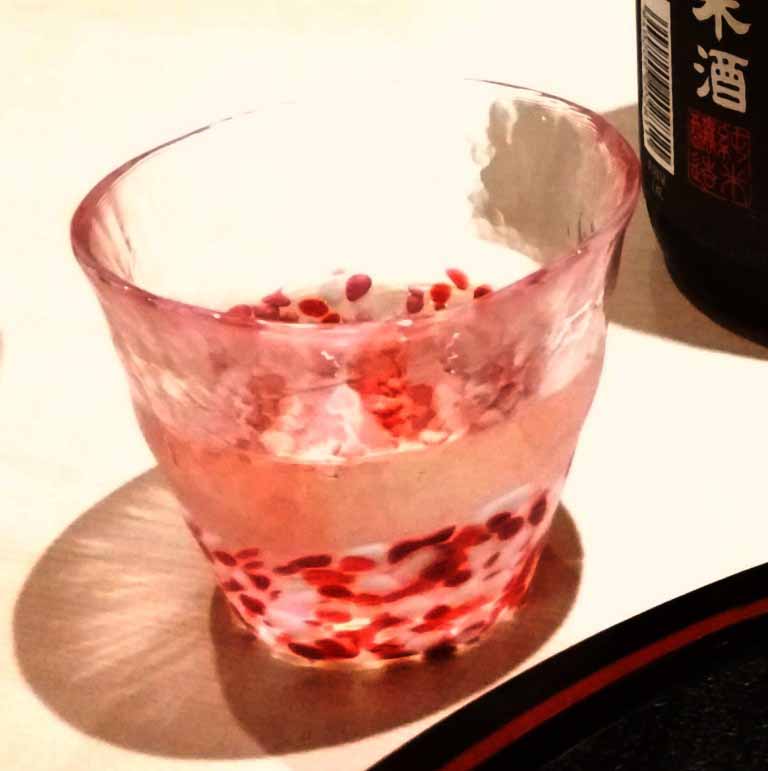
Okami told me a story;
“A gentleman came to this restaurant the other day, and he said, ‘Umm…, how do we call warm sake…? The other way of Nurukan…?’ So I said, ‘Well, maybe you mean Hinata Zake, don’t you?’ He answered, ‘Oh that’s the one! The word slipped my mind.’ People don’t use ‘Hinata Zake’ recently.”
I hadn’t heard that word, so I said to Okami that it was new for me.
She said, “Hinata Zake is different from Nurukan. Nurukan is clearly ‘warm’, and Hinata Zake is less warm like the temperature it gets after being in ‘Hinata’ (= sunshine).”
I knew only “Hiya” (cold sake) and “Atsukan” (hot sake) when I was young, and I got satisfied to know “Nurukan” (warm sake) later.
I was surprised to hear that there were more kinds in sake’s temperature which I didn’t know!
How about you? Did you know this word?
I searched it more on the internet later, and found that there are more ways to call the temperatures of serving sake.
From the coldest one, “Yukibie”, “Hanabie”, “Kyobie”, “Jo-on”, “Hinatakan”, “Hitohadakan”, “Nurukan”, “Jokan”, “Atsukan”, and “Tobikirikan” at the hottest.
I didn’t know about these at all.
I also found that there are some “sake heating machines” for home use which can control the temperature in 12 steps. How surprising!
I was impressed by the delicacy and deepness of Nihonsuh which has various temperature to be served to match the people’s demands and foods to go with.
I tried a cold “Harushika Junmai Cho-Karakuchi Nakadori Genteishu” this time, so I’d like to ask Okami for a good one for “Hinata Zake” next time.
I had a great time learning many new things about foods and sake there!
This is all for today’s report!
It's our great pleasure if this article is helpful for you.
Restaurant Information
| Shop Name | |
|---|---|
| Prefectures | - |
| Tel | |
| Address | |
| Nearest Station | |
| Homepage | - |
| Business Hours | - |
| Holiday | |
| Introduction | |
| Sake List |
|

